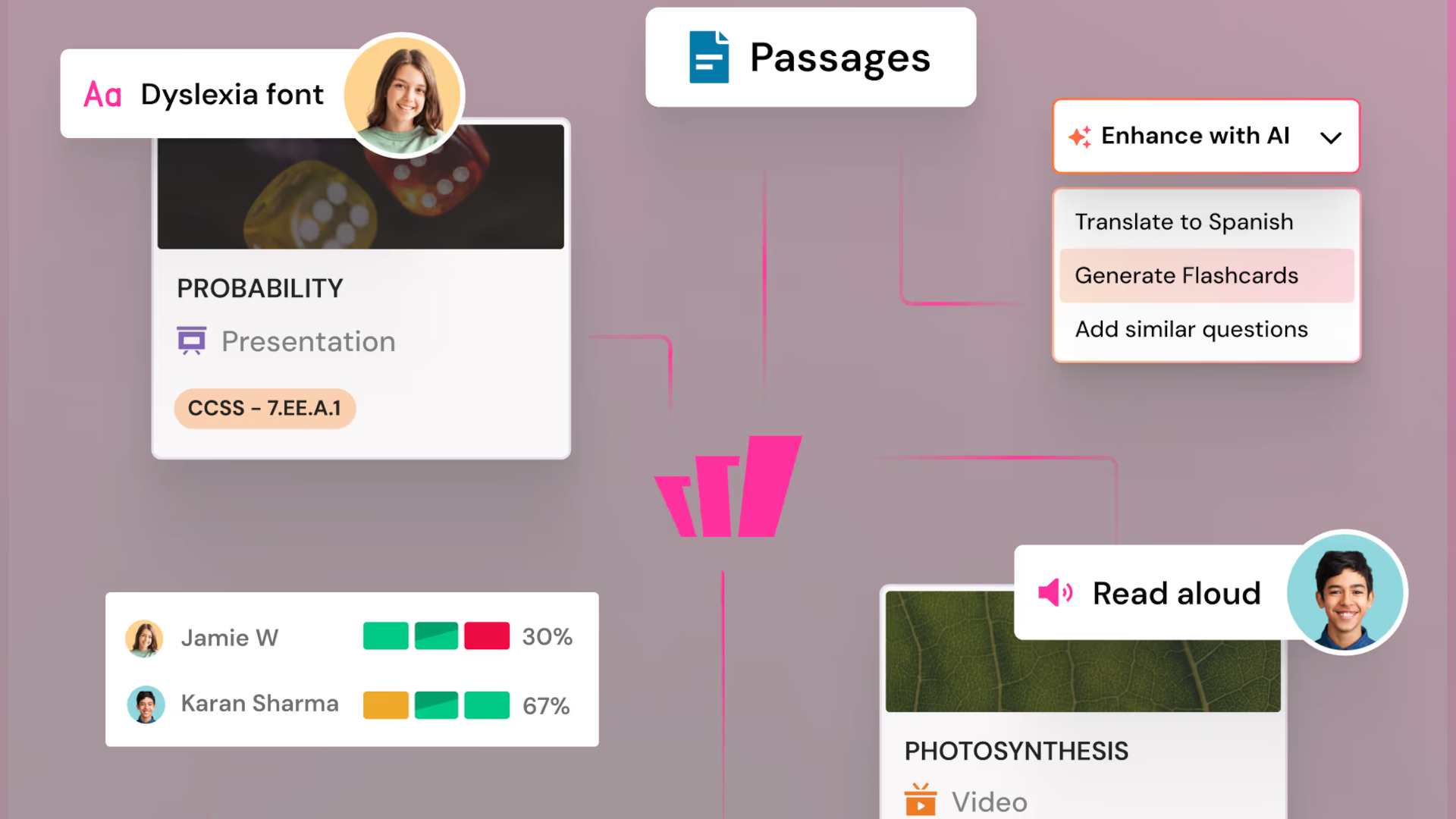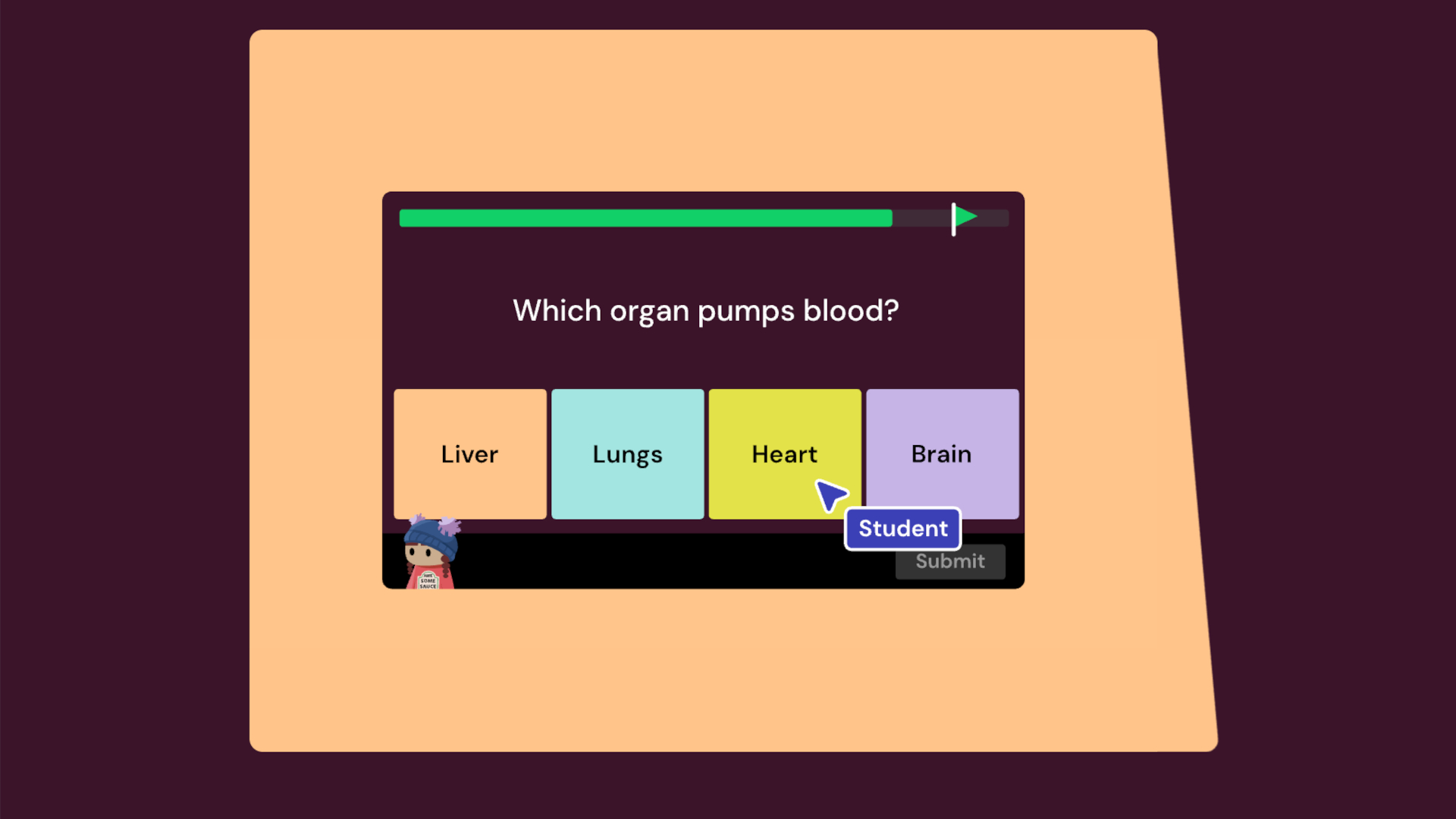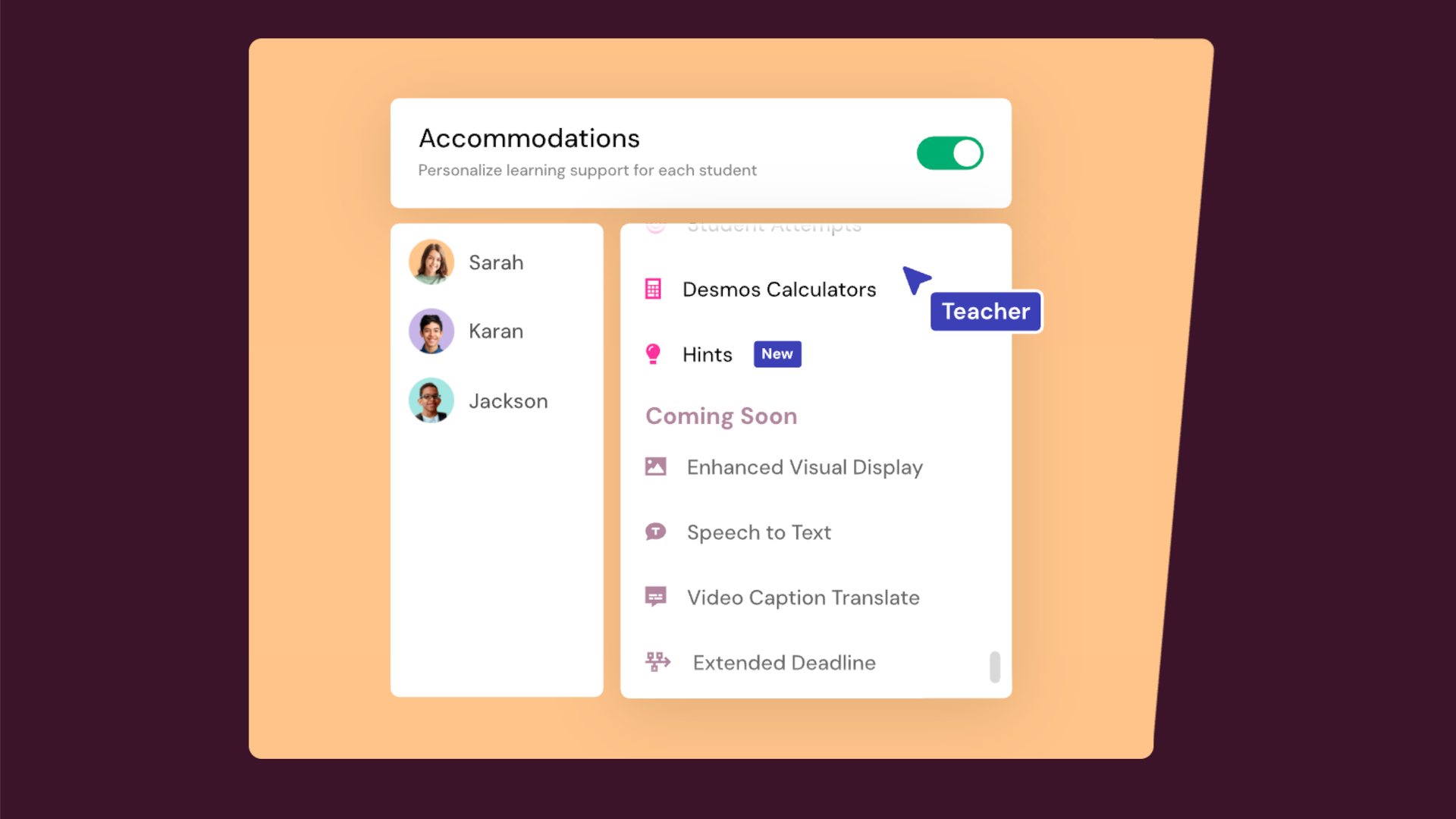Wayground (formerly Quizizz) was once a quiz-only creation tool, like several others out there, but it’s now so much more. This platform was built with educators and students as those intended to benefit from all its features and, as such, it’s a fantastic tool to use in education.
Other similar options are out there, such as Quizlet and Kahoot!, but these are quiz-only systems that may be too limited for some teachers. Wayground takes the best of those and adds in the gamification, meme editing, and music picks to make this a more immersive experience for students.
Thanks to the new rebranding launch there are now also lots of AI tools and resources to help teach.
Wayground is already used by more than half the schools in the U.S. and in over 150 countries worldwide. This is thanks to a very intuitive system that looks great, in a minimalist way, and just makes learning more fun.
So is Wayground the ultimate quiz tool for your classroom?
What is Wayground?
Wayground is primarily an online-based quiz and teaching tool that operates like a gameshow. That means a question-and-answer platform that works across browsers and Chrome as well as iPhone and Android devices, with dedicated apps for both.
From a student’s perspective, this makes learning more fun with game-based interactions and an ability to work through a quiz using their own devices. For teachers, there is a host of pre-built quizzes to pick from as well as the option to edit and create their own from scratch. Plus, with the added AI focus, the ability to personalize is now easier than ever.

Since students only need an access code, they don’t need to sign-up for an account, making it super simple to access for everyone. In addition, their privacy and personal details can be kept be protected.
For teachers, this platform offers a large database of quiz options, and AI tools, so it’s a simple-to-use tool that doesn’t require a lot of time and effort. But since these can be edited, this can also provide a more in-depth and personalized offering for students and classes.
What’s new in Wayground?
Since the rebrand, several updates have arrived including curriculum alignment to map resources to standards.
Lesson bundles are a helpful addition ideal for lesson planning.
AI can be used to work off a single file to makes multiple interactive formats.
Language support is wider now across all media.
VoyageMath is also new, offer middle school programs for individualized instruction.
How does Wayground work?
For teachers, a sign-up is required to start using Wayground. Basic details are required, and can be done using a school-based email address as well as a Google or Microsoft account. The particularly useful thing with this tool is that it offers some great integration across the likes of Edmodo, Google Classroom, and Remind.
Once an account is ready, teachers can access the database of quiz options, reporting choices and instructional resources can be searched and organized to make finding the ideal option a quick and easy process. You may discover that an already-created tool can serve your purpose just fine. Or you may want to edit and make a few changes to perfect the final version.

Creating a new resource is also an option, with single and multi-select multiple choice answer options. Teachers can input questions and answers manually if that’s the easiest way to work, but there are rich media options, too. Add images to questions, or as answer options, and also customize feedback for students.
For example, you can incorporate a popular meme that students see based on the answer they give. While there are plenty to pick from, these can also be made by the teachers if desired.
Crucially, you can make adjustments using AI so there are more than 25 modifications that can accommodate each student’s unique needs.
What are the best Wayground features?
The ability to take a quiz privately or as a class is a useful option. This allows teachers to assign individual quizzes suited to each student, or to work as a class, getting feedback on how the class is managing with a single subject across the group. The advantage of working in class is that everyone can see how their peers are doing. Equally, working solo can be ideal for those who prefer to be left alone, or for homework task setting.
Wayground offers a leaderboard, but this is something that teachers can choose to turn off if the competitive nature of that doesn’t serve the students. The same can be said for question timers, which may help motivate some students but could be seen as unnecessary pressure for others – so being able to turn this on and off is a nice touch.

Also editable are the meme feedback and music options. With these on, the quiz can feel like a lot of fun and be very lively, or you can turn these off for a more studious experience.
One option allows students to see their results after they take the quiz, which is a helpful way to make sure they learn from any mistakes they may have made. They can also retake the quiz as a way to gamify it, seeing how many they can get right the second time around.
Teachers can email parents through the app with a detailed report that shows how the student is performing. These results are also helpful for teachers to see how students are struggling so as to decide what to work on next.
How much does Wayground cost?
Wayground is free to get started but keeps its pricing structure quite hidden on its homepage, except in the case of work-based options.
While you can use the free option, there is a $10 per month plan that is billed annually at $96. This gets you access to the Wayground Super library of quizzes and the ability to create unlimited quizzes and lessons. There is ad-free use with game themes, answer explanations, interactive videos, and more.
Wayground best tips and tricks
Spend time on search
It’s important to spend time searching the database as more time here can result in a near-finished quiz, rather than the much longer process of making your own. Also the more you search, the better you become at using the platform. AI can help here as a jump-off point to find more.
Assess early
Start a class, or even a term, using a quiz that will assess how students are grasping a task or subject area. This can help tune how you teach the subject both on a class and teacher-to-student level.
Use parents
Send the results emails to parents and make sure students know that happens, perhaps monthly, so they can have another set of eyes on their efforts.


